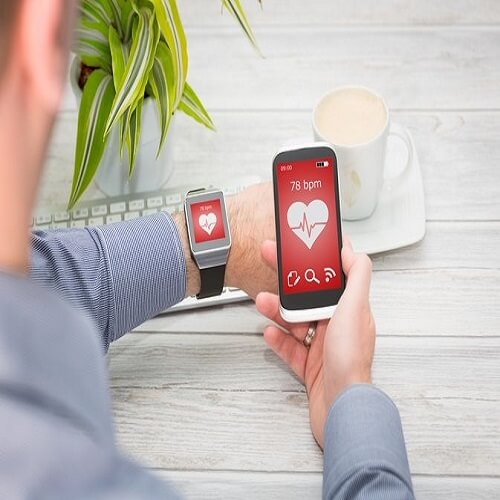BIOFEEDBACK
During a biofeedback session, electrodes are attached to your skin. Finger sensors can also be used. These electrodes/sensors send signals to a monitor, which displays a sound, flash of light, or image that represents your heart and breathing rate, blood pressure, skin temperature, sweating, or muscle activity.
When you’re under stress, these functions change. Your heart rate speeds up, your muscles tighten, your blood pressure rises, you start to sweat, and your breathing quickens. You can see these stress responses as they happen on the monitor, and then get immediate feedback as you try to stop them. Biofeedback sessions are typically done in a therapist’s office, but there are computer programs that connect the biofeedback sensor to your own computer.
A biofeedback therapist helps you practice relaxation exercises, which you fine-tune to control different body functions. For example, you might use a relaxation technique to turn down the brainwaves that activate when you have a headache.
Several different relaxation exercises are used in biofeedback therapy, including:
- Deep breathing
- Progressive muscle relaxation — alternately tightening and then relaxing different muscle groups
- Guided imagery — concentrating on a specific image (such as the color and texture of an orange) to focus your mind and make you feel more relaxed
- Mindfulness meditation — focusing your thoughts and letting go of negative emotions

